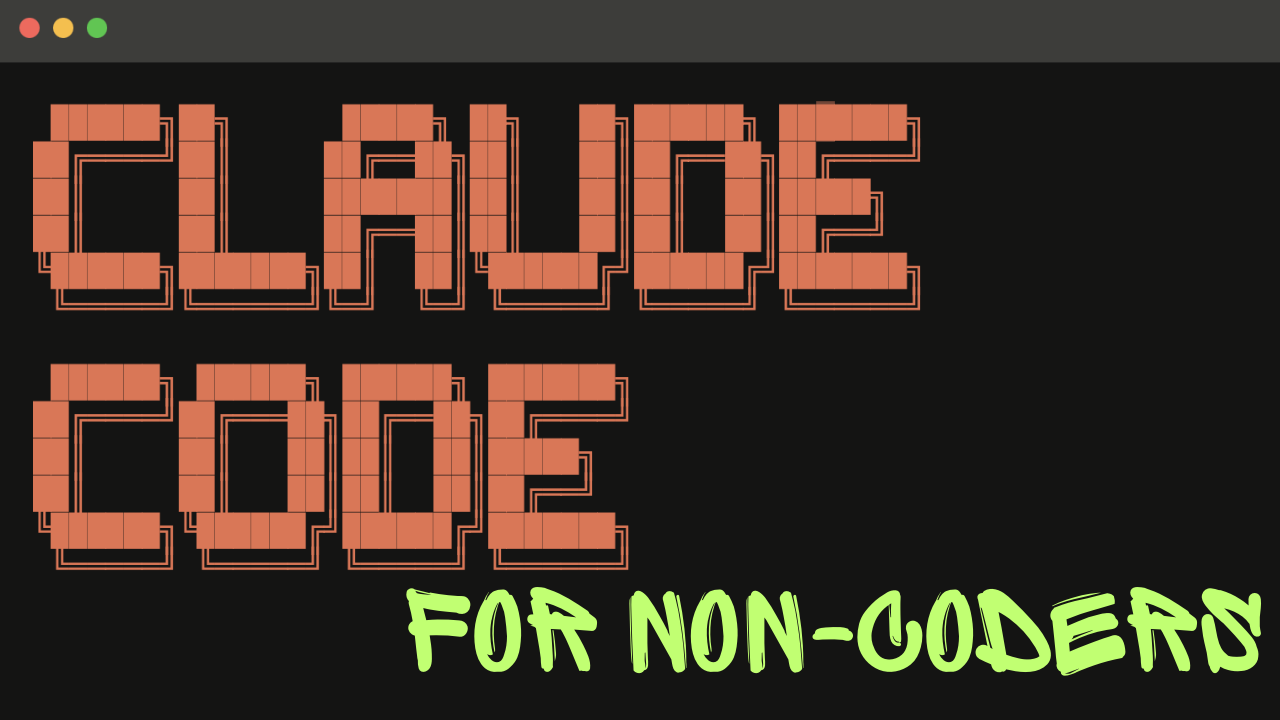Claude Code for Non-Coders: Getting Started
Can this coding tool really revolutionize how we use AI?
AI always delivers on one thing.
Hype.
Whether it’s Deep Research, agents or MCP — the next thing is always going to be revolutionary.
And one source of FOMO for me is Claude Code1.
Not the “coding” part of it. (I’m already conversant in “vibe coding” using Cursor._
Many AI “experts” are using Claude Code for non-coding activities.
Keep reading with a 7-day free trial
Subscribe to Future-Proof Your Career with AI to keep reading this post and get 7 days of free access to the full post archives.


